
Oman Air has marked a transformative chapter in its operational history, completing a comprehensive organizational restructuring program that has driven financial recovery, workforce localization, and environmental stewardship. The airline achieved a 40% reduction in operating losses in 2023 alongside a 30% surge in annual revenues, while net losses narrowed by 36%, reflecting improved cost management and route optimization.
Workforce adjustments saw a 24% reduction in staff, generating RO 18 million in annual savings, with the Omanisation rate climbing to 79.4% in 2024—up nearly 5 percentage points from 2023—and targeting 81% by mid-2025 to prioritize local talent development.
Operational Efficiency and Fleet Modernization
The airline streamlined its network capacity by 30%, discontinuing unprofitable routes while enhancing focus on high-demand corridors. Its fleet was optimized to 32 aircraft in 2024, with plans to introduce 13 next-generation jets—including Boeing 737 MAX narrowbodies and 787-9 Dreamliners—by 2025, aimed at reducing fuel consumption and carbon emissions by up to 20% per flight.
Despite network adjustments, Oman Air launched its first new route in five years in late 2024, leveraging its narrowbody fleet for regional connectivity. Operational metrics saw dramatic improvements: on-time performance reached 92% (ranking among the world’s top two airlines), while load factors hit 75% in 2024, with a record 88% achieved in early 2025 on key routes.
Sustainability and Workforce Development
Oman Air allocated RO 15 million for employee severance packages, supporting 293 departing staff while redeploying 74 employees internally and relocating 87 others within Oman’s aviation sector. Sustainability initiatives included the elimination of single-use plastics across flights, a 15% reduction in fuel consumption through optimized flight paths, and partnerships to explore Sustainable Aviation Fuel (SAF) adoption by 2026.
The airline also introduced eco-friendly catering and waste-reduction programs, aligning with Oman’s Vision 2040 goal of achieving net-zero emissions in aviation.
Financial Resilience and Strategic Vision
The restructuring, guided by Oliver Wyman, strengthened governance through specialized committees overseeing finance, risk, and sustainability. EBITDA grew by 40% in 2023, driven by a 49% increase in point-to-point passenger traffic compared to pre-pandemic levels.
Oman Air aims to achieve break-even by 2026 and full economic self-sufficiency by 2027, supporting Oman’s tourism sector, which targets 11.7 million annual visitors by 2040. Integration with budget carrier SalamAir remains a priority, utilizing its Airbus A320neo fleet to expand regional reach while maintaining Oman Air’s premium service standards.
Future Outlook
The airline’s roadmap includes expanding cargo operations, digitizing customer experiences, and fostering partnerships with global aviation leaders to enhance operational agility. By balancing fiscal discipline with workforce empowerment and environmental innovation, Oman Air is poised to emerge as a model for sustainable aviation in the Gulf region, directly contributing to Oman’s economic diversification and climate action goals.
























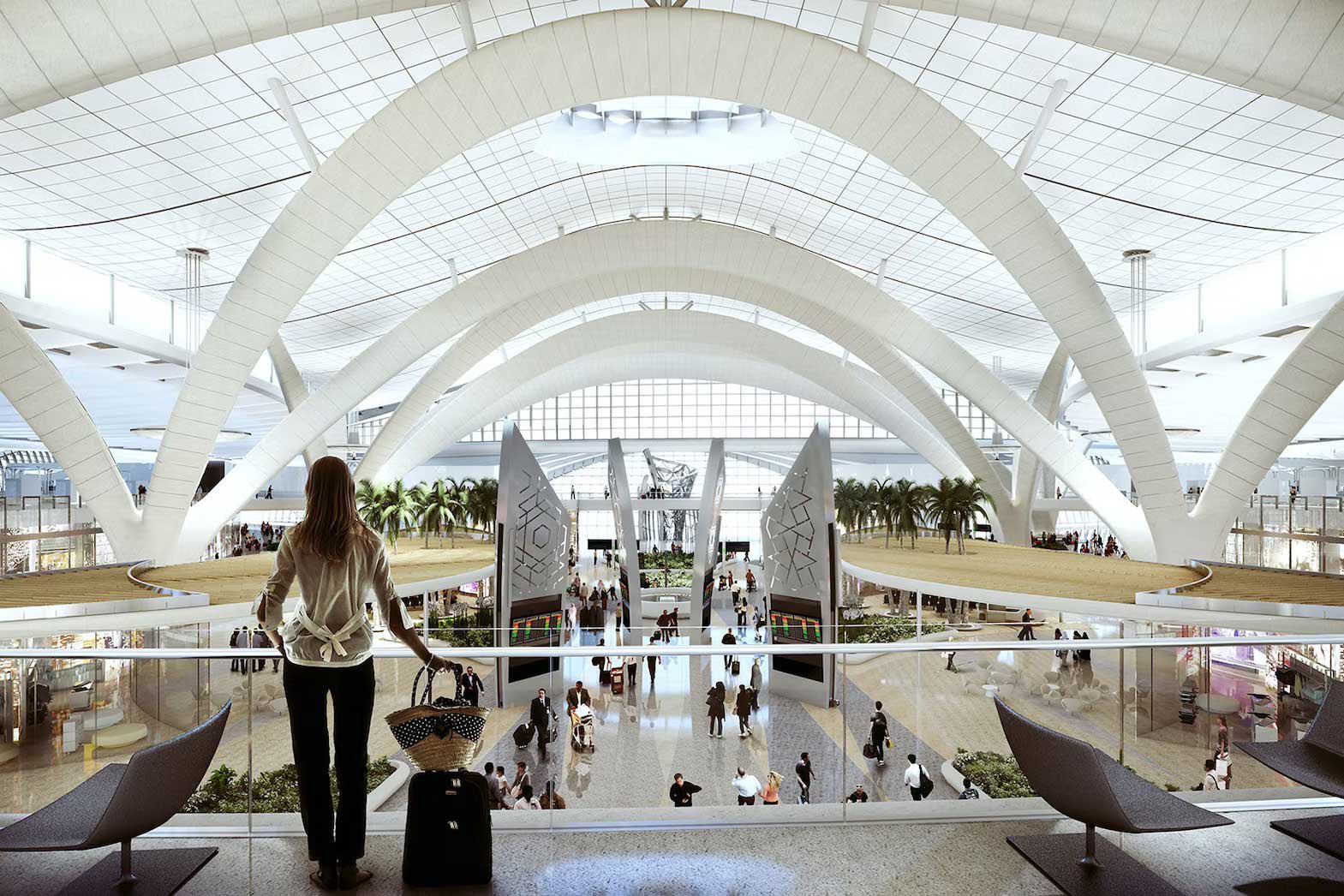














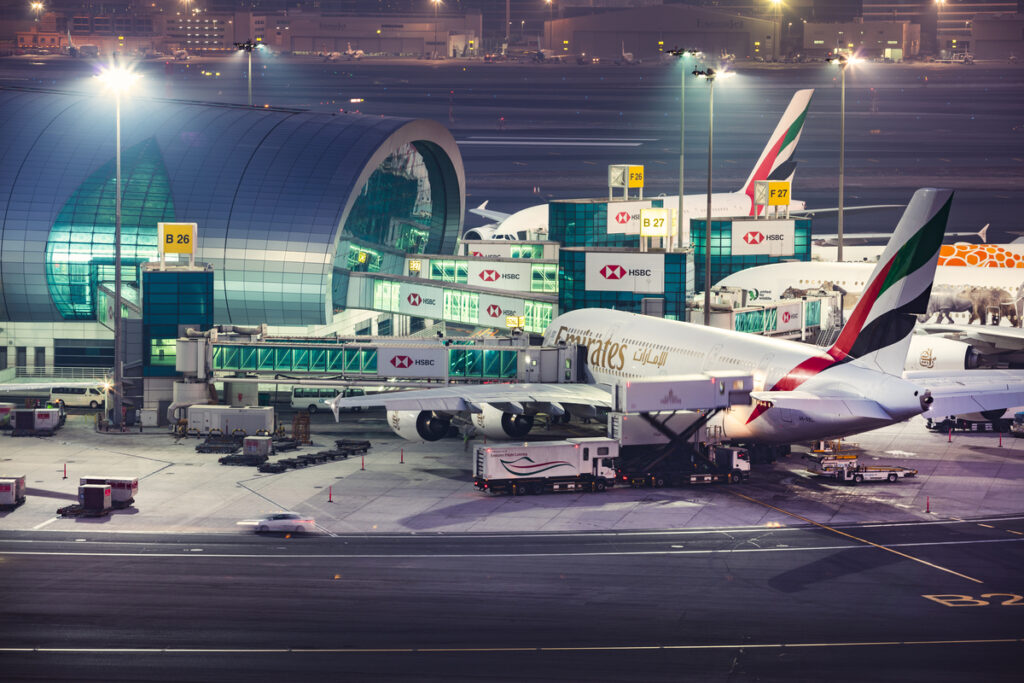
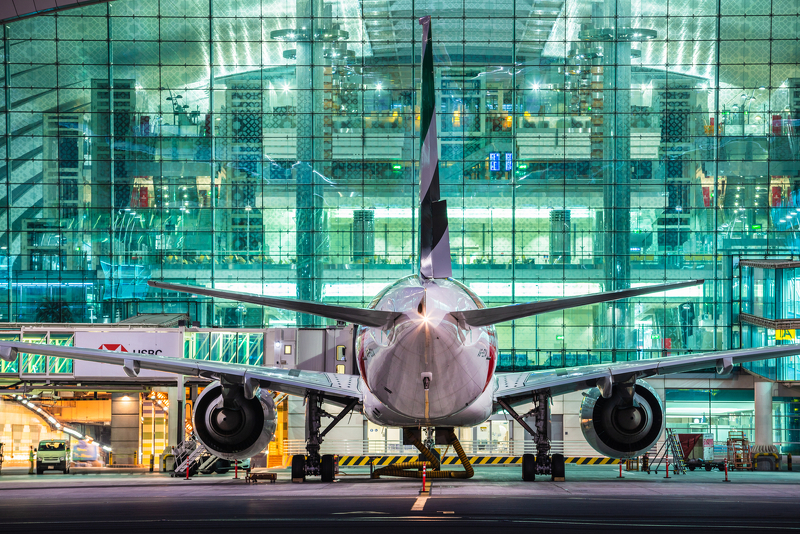
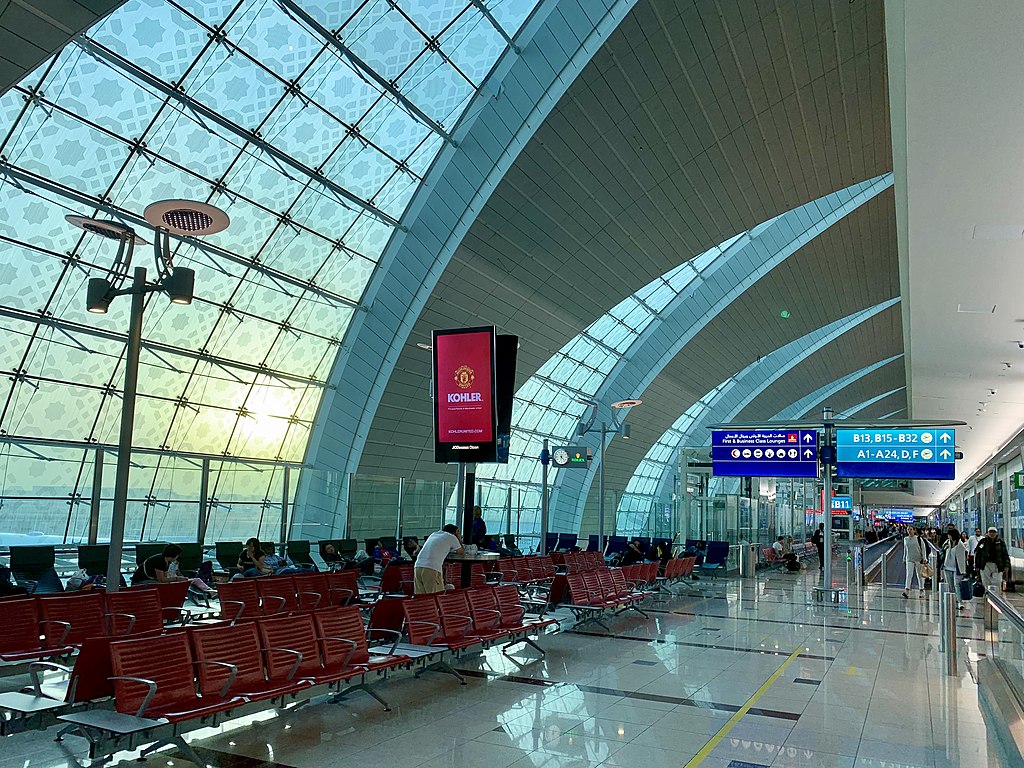
.jpg)






.jpg)


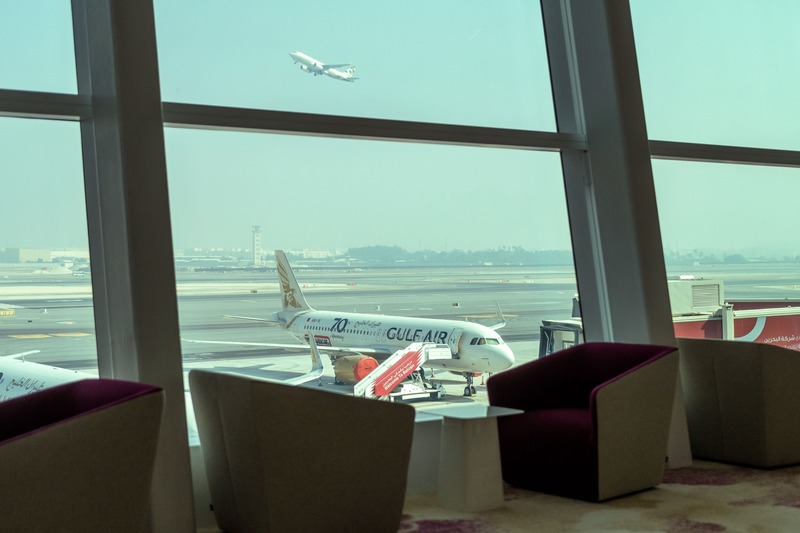
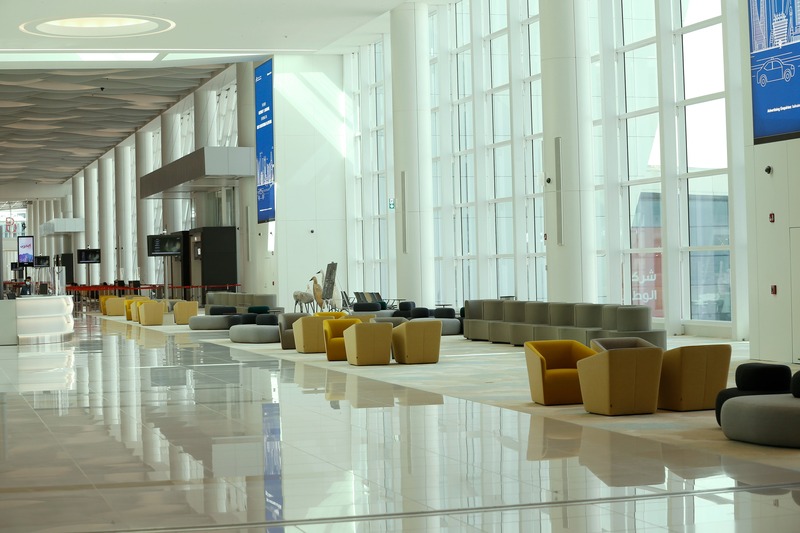
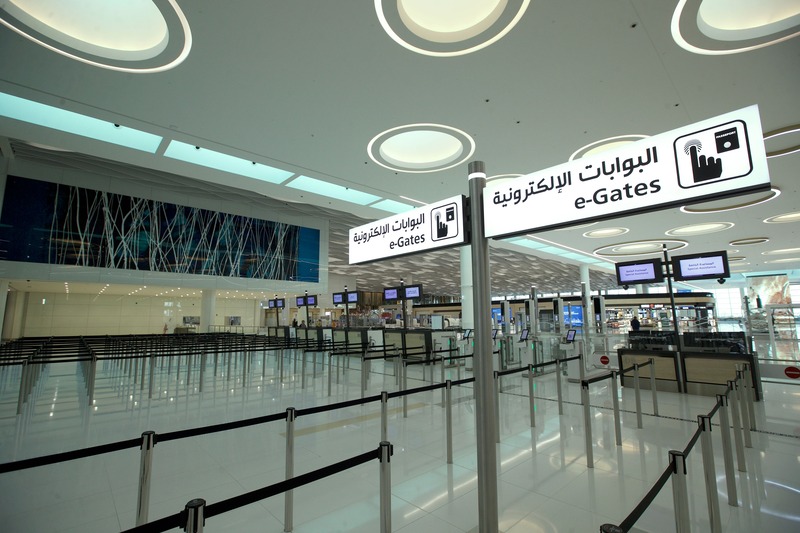







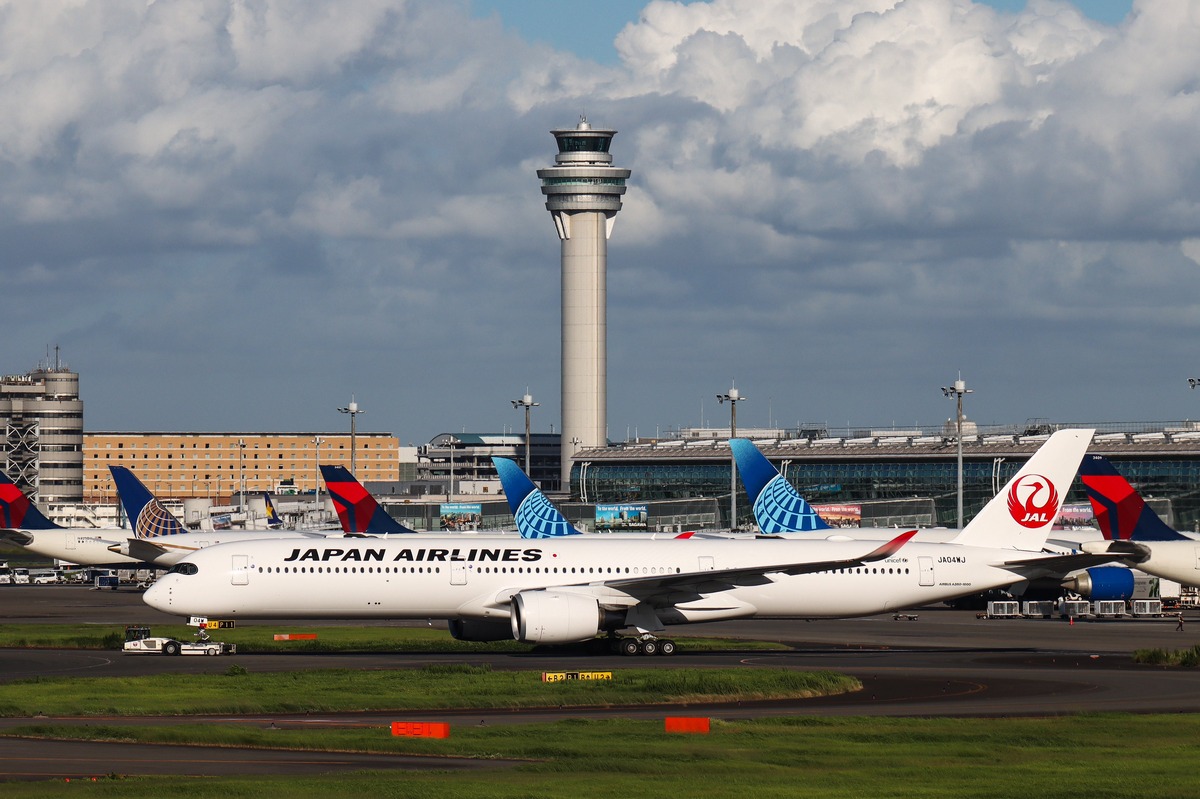


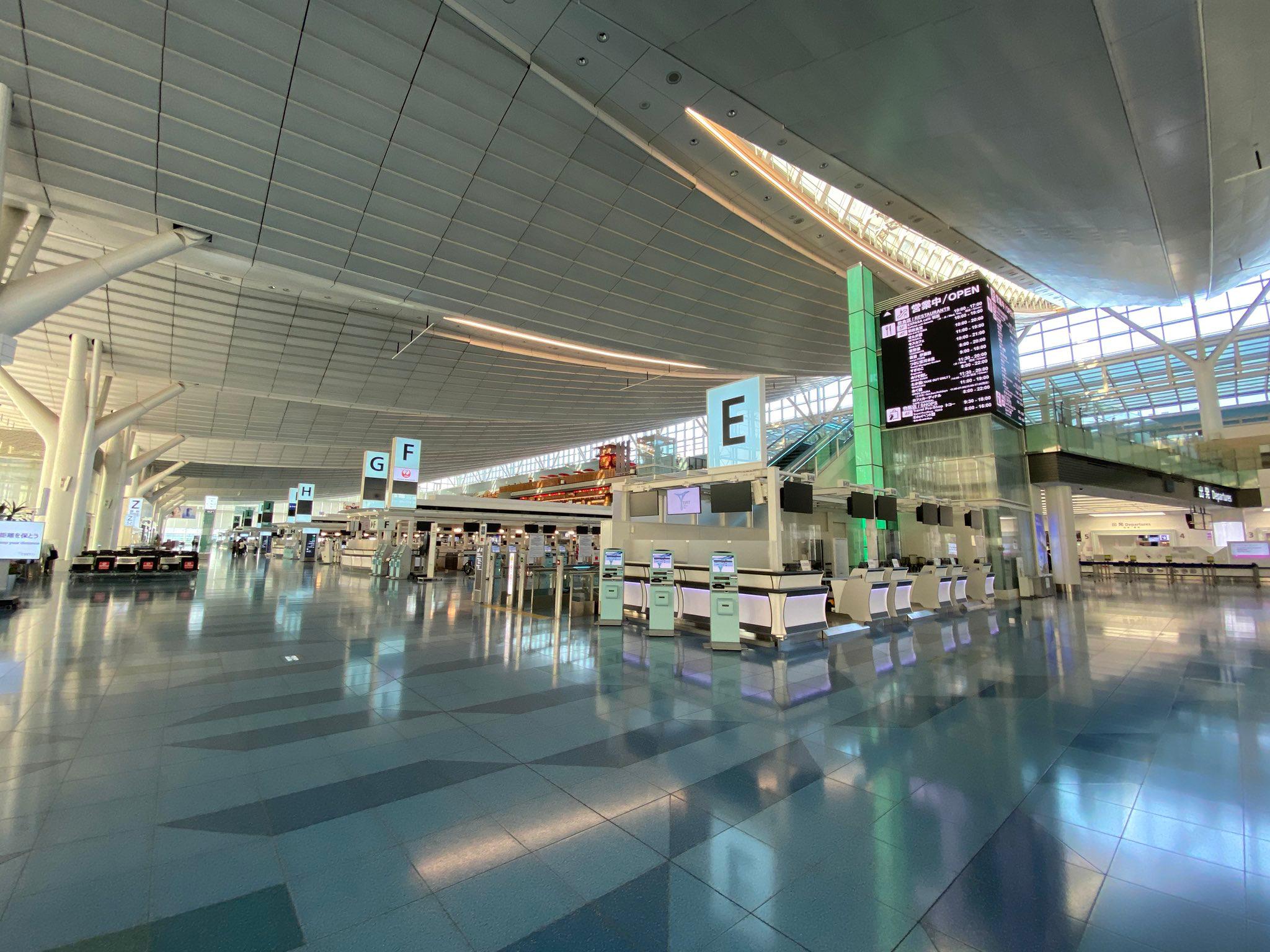
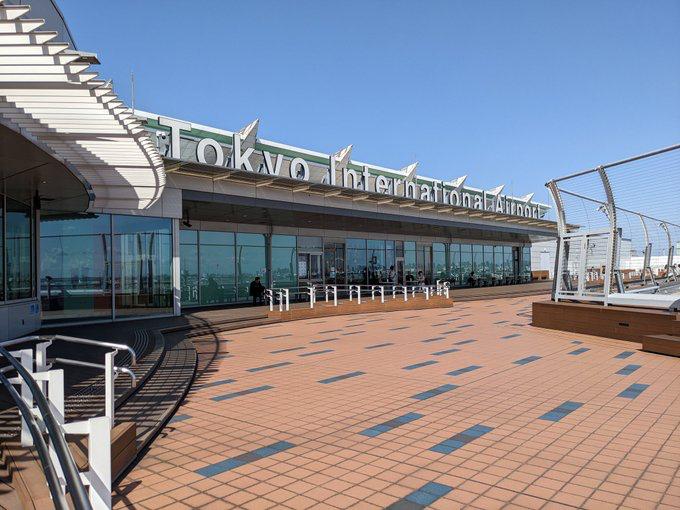


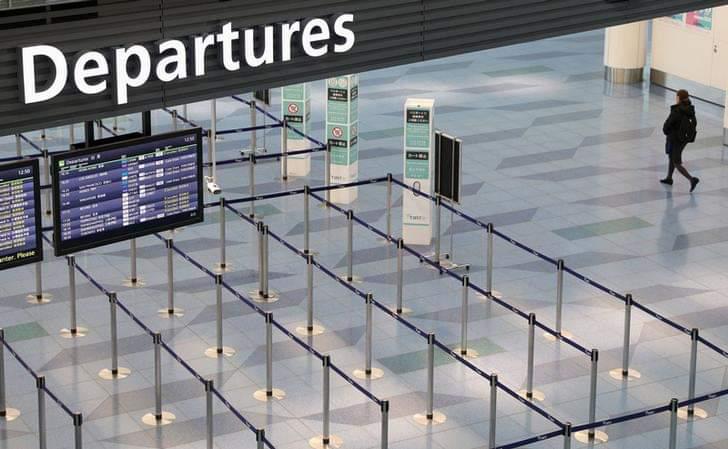
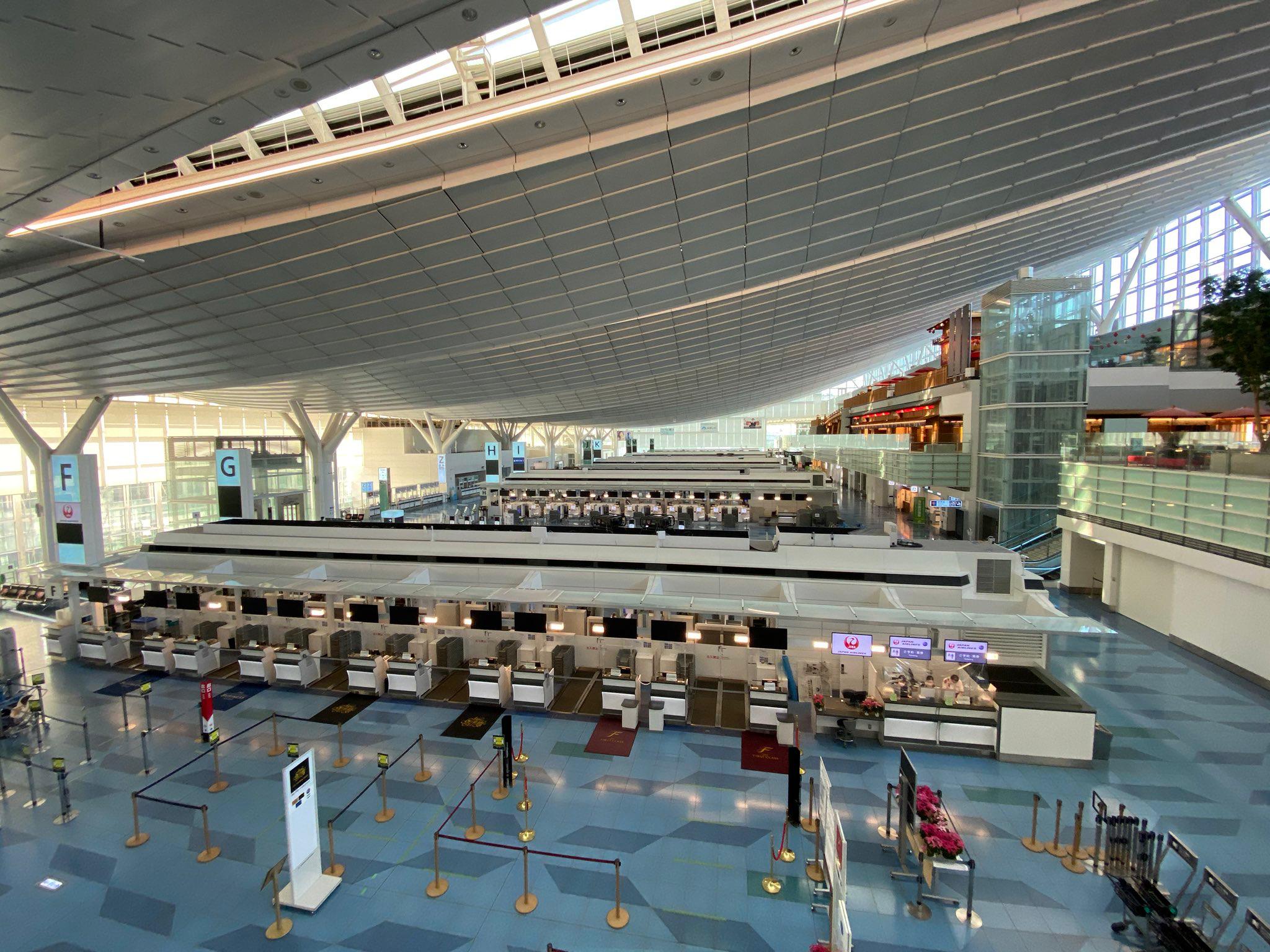

.jpg)


